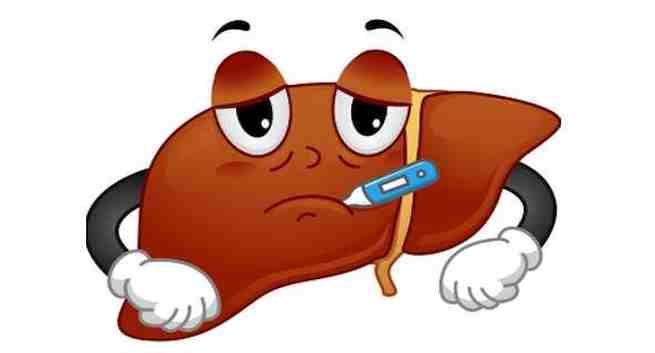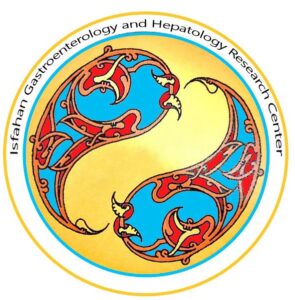| Original Article |
Question: What is the relation between the effectiveness of glucose-like peptide-1 receptor agonists (GLP-1RAs) with dipeptidyl peptidase-4 (DPP-4) inhibitors, sulfonylureas, or sodium-glucose cotransporter-2 (SGLT-2) inhibitors in reducing decompensation events, among patients with cirrhosis and type 2 diabetes?
Design/Method: A population-based, retrospective cohort study was conducted from 2005 to 2020 based on IBM MarketScan database. 3 pairwise. 1) Initiators of GLP-1RA or DPP-4i 2) Initiators of GLP-1RA or Sulfonylurea 3) Initiators of GLP-1RA or SGLT-2i were constructed. Patients were followed in an as-treated approach for decompensation events
Setting: The United States
Patients/ Study community: Patients with type 2 diabetes and cirrhosis
Results: The rates of hepatic decompensation events are significantly lower among new initiators of GLP-1RAs compared with DPP-4 inhibitors and sulfonylureas
| Risk of Hepatic Decompensation Among Propensity Score–Matched Patients with Cirrhosis and Type 2 Diabetes Initiating GLP-1RAs or Comparator Antidiabetic Medications | ||||||
| Cohort 1 (n = 1431 Pairs) | Cohort 2 (n = 1246 Pairs) | Cohort 3 (n = 845 Pairs) | ||||
| GLP-1RA
n = 1431 |
DPP-4I Inhibitor
n = 1431 |
GLP-1RA
n = 1246 |
Sulfonylurea
n = 1246 |
GLP-1RA
n = 845 |
SGLT-2 Inhibitor
n = 845 |
|
| Median (IQR) follow-up, d | 133 (73–277) | 136 (73–342) | 127 (71–246) | 133 (73–286) | 133 (73–288) | 152 (73–360) |
| Hepatic decompensation events
* No. of events * Incidence rate, per 1000 PY * Hazard ratio (95% CI) |
96 105.2 0.68 (0.53-0.88) |
155 144.0 1 (ref.) |
78 97.3 0.64 (0.48-0.84) |
124 147.7 1 (ref.) |
56 103.5 0.89(0.62–1.28) |
64 112.8 1 (ref.) |
| Ascites, SBP or hepatorenal syndrome
* No. of events * Incidence rate, per 1000 PY * Hazard ratio (95% CI) |
56 62.2 0.66 (0.45-0.97) |
87 82.0 1 (ref.) |
48 58.8 0.66 (0.46-0.94) |
76 87.3 1 (ref.) |
38 69.5 1.07(0.68–1.68) |
37 63.0 1 (ref.) |
| Bleed from esophageal varices
* No. of events * Incidence rate, per 1000 PY * Hazard ratio (95% CI) |
38 40.5 0.62 (0.41-0.92) |
69 61.0 1 (ref.) |
29 35.4 0.59 (0.37-0.92) |
51 58.6 1 (ref.) |
28 50.7 0.78(0.48–1.27) |
37 63.5 1 (ref.) |
| Hepatic encephalopathy
* No. of events * Incidence rate, per 1000 PY * Hazard ratio (95% CI) |
59 64.0 0.76 (0.55-1.06) |
87 77.6 1 (ref.) |
46 58.4 0.60 (0.39-0.92) |
77 88.4 1 (ref.) |
35 64.0 1.07(0.67–1.71) |
34 58.8 1 (ref.) |
| CI: confidence interval, DPP-4: dipeptidyl peptidase-4, GLP-1RA: glucose-like peptide 1 receptor agonist, IQR: interquartile range, PY: person-years, SBP: spontaneous bacterial peritonitis, SGLT-2: sodium-glucose cotransporter-2 | ||||||
Commentary:
| GLP- 1RAs may be a useful tactic to avert hepatic decompensation events in individuals with cirrhosis and type 2 diabetes who are starting second-line anti-diabetic medication. This study demonstrates the significant potential advantages of GLP-1RA therapy in cirrhotic individuals receiving regular clinical care. |
Citation:
Tracey G Simon, Elisabetta Patorno, Sebastian Schneeweiss. Glucagon-like peptide-1 receptor agonists and hepatic decompensation events in patients with cirrhosis and diabetes. Clinical Gastroenterology and Hepatology. 2022; 20(6):1382-1393
DOI: 10.1016/j.cgh.2021.07.010
https://pubmed.ncbi.nlm.nih.gov/34256144/
Topics: Decompensated Cirrhosis, Antidiabetic Therapy, Comparative Effectiveness, Pharmacoepidemiology


